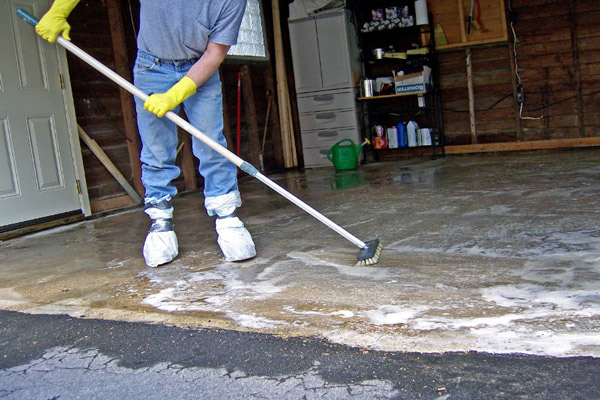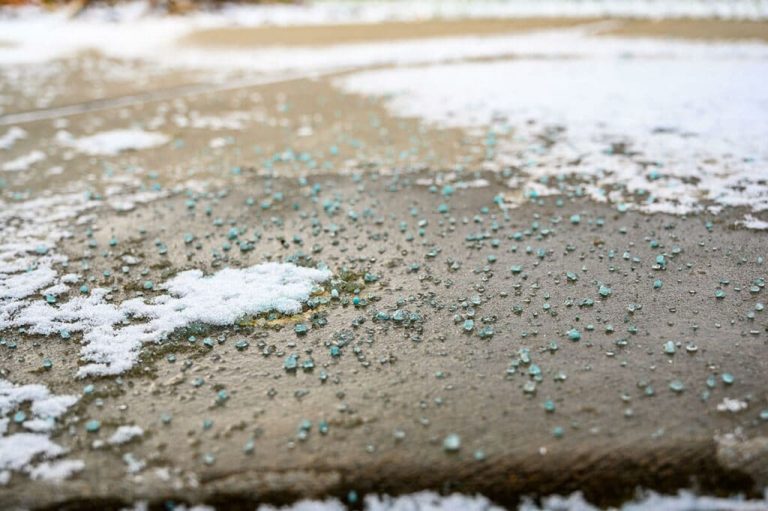
When dirt and grime start piling up inside the garage or basement, it’s tempting to pull out the power washer and blast everything clean in one satisfying session. After all, it works wonders outside—why not use it inside too?
Well… it’s not that simple. While it is possible to use a power washer in a garage or basement under specific conditions, it comes with big risks and important precautions. Done wrong, it can cause water damage, mold growth, or electrical hazards.
Let’s break down when it’s okay to power wash inside, and how to do it safely. 🧠💦
🔍 Consider the Space First
Before even thinking about spraying inside, ask yourself:
- Does the space have proper drainage?
- Are the walls and floors waterproof?
- Are there any exposed electrical components?
- Is there insulation, drywall, or wood nearby?
If the answer to any of these is no or unsure, it’s best to hold off or try another cleaning method.
🏠 Power Washing a Garage
Most garages are better candidates than basements because:
- They typically have sloped floors and floor drains
- The surfaces are usually concrete and unfinished
- You can open the door for ventilation and drying
✅ When it’s okay to power wash your garage:
- The floor is concrete (not painted or sealed with delicate coatings)
- You’ve moved all furniture, boxes, and tools out of the area
- You’ve covered or shut off all outlets, lights, and circuit boxes
- You have a safe path for water to drain out
🧽 How to do it safely:
- Clear everything out—no cardboard, fabrics, or electronics left behind
- Sweep or blow out loose debris first
- Apply degreaser or concrete cleaner, especially on oil spots
- Use a low- to moderate-pressure setting (1,500–2,000 PSI)
- Use a floor squeegee or wet/dry vac to remove water afterward
🚫 Avoid spraying the walls unless they’re waterproof and sealed.
Browse Amazon Here For Top Rated Power Washers And Accessories
🏚️ Power Washing a Basement
This is where things get tricky.
Basements are typically not designed for pressurized water use. Even if they’re unfinished, you’re likely dealing with:
- Drywall, insulation, or exposed wood framing
- No drainage system
- Poor airflow for drying
- Electrical panels and HVAC systems
✅ Only consider power washing if:
- The floor is concrete with built-in drains
- The walls are cinder block or waterproofed
- There’s no finished material (carpet, paneling, drywall)
- You’re dealing with flood cleanup or sewage backup, and pressure washing is necessary
💡 Even then, you should consult a professional first. Water intrusion in a basement can lead to mold growth and costly repairs.
⚠️ Risks of Indoor Power Washing
- Water Damage: Water can seep into crevices, behind walls, or under flooring
- Mold Growth: Without proper ventilation, excess moisture can lead to mildew and mold
- Electrical Hazards: Spraying near outlets, breakers, or wiring is dangerous
- Paint or Coating Damage: Sealed floors may peel or discolor under pressure
🧼 Safer Alternatives
If power washing isn’t a good fit, try these:
- Shop vac with wet capability for suction-based cleaning
- Mop and degreaser for garage floors
- Scrub brush and mild cleaner for tough basement stains
- Foam sprayers or pump sprayers for detergent application without pressure
✅ Final Thoughts
Yes, you can power wash your garage under the right conditions. But basements are usually off-limits unless you’re dealing with an extreme situation and know exactly what you’re doing.
When in doubt, play it safe—because the mess you’re cleaning today shouldn’t become a repair nightmare tomorrow. 🧼💧⚡
Browse Amazon Here For Top Rated Power Washers And Accessories






